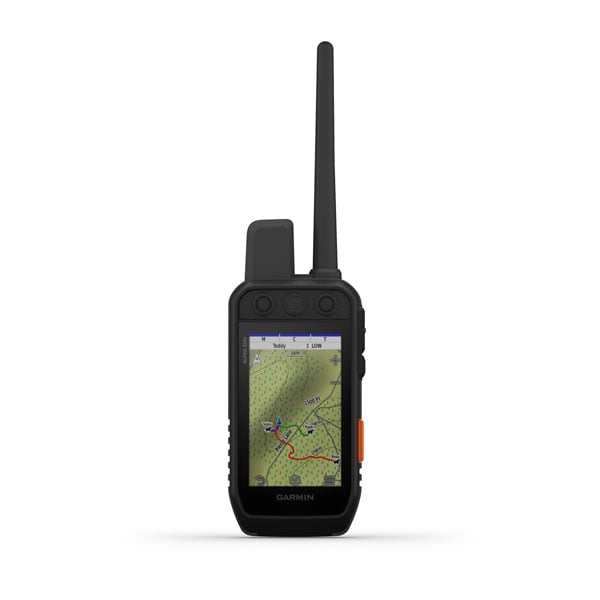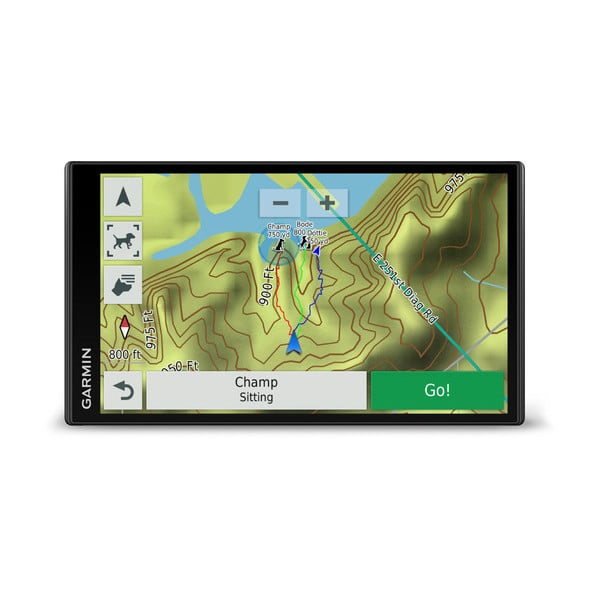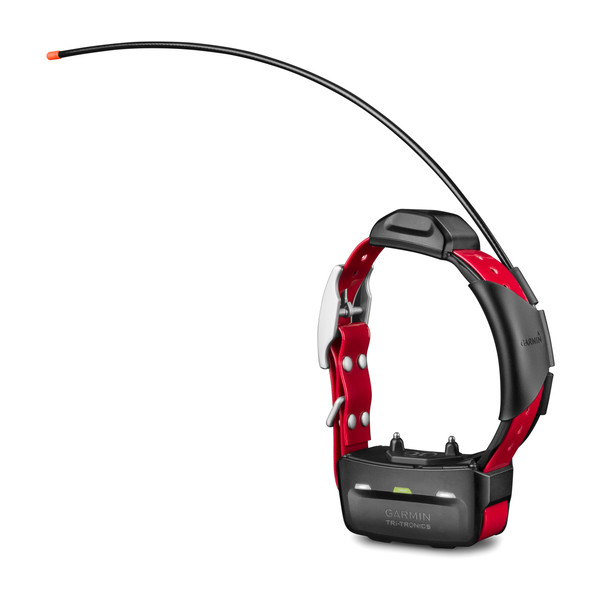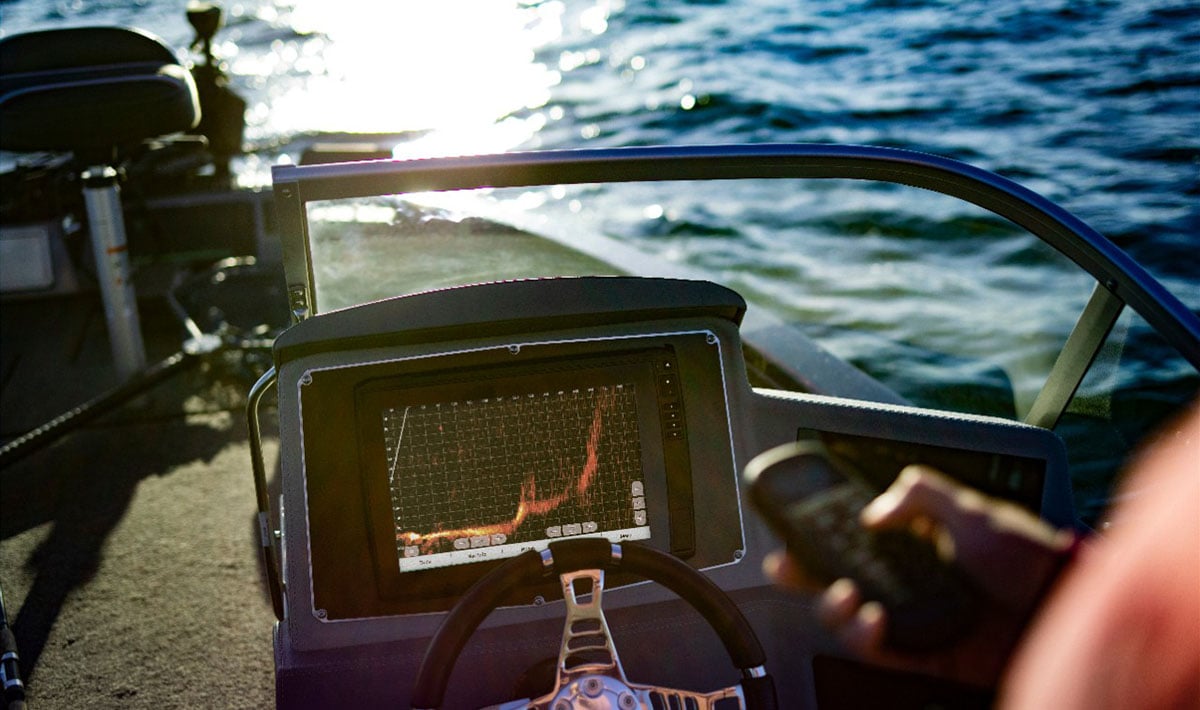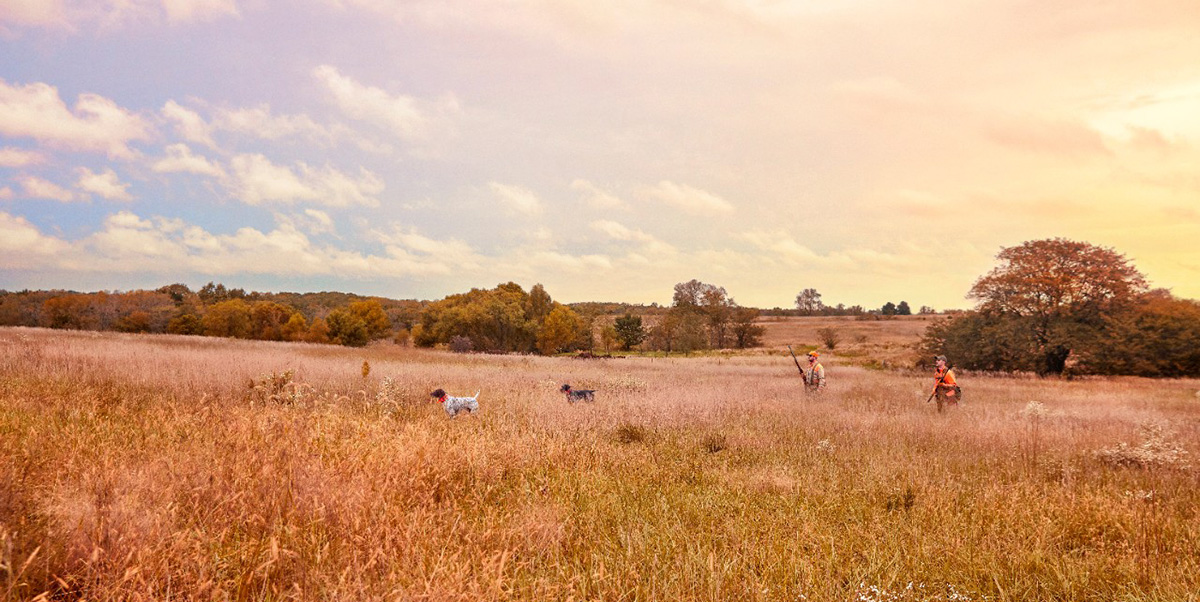
Dog Training in the Heat
By Rehan Nana
If you own a sporting dog, summer is a tough time of year. It’s the strange conundrum of being that much closer to hunting season, but the summer heat makes it seem even further away. That combination, even for the most experienced dog trainer, can be both difficult and dangerous.
Of course, we always recommend keeping an eye on the pack with Garmin dog training devices, but there’s more to it than that — especially at this time of year. Today we’d like to give you a little background on what happens when a dog experiences overheating, as well as some tips from experienced retriever, bird dog and hound dog handlers.
The Biology of Overheating
Seth Bynum, aka The Bird Dog Vet, is a veterinarian, photographer, outdoorsman and bird dog owner. When he isn’t in the operating room, he’s making his way across the country with his GSPs in search of the best bird hunting. We caught up with Seth to learn more about what happens to your dog medically when it overheats.
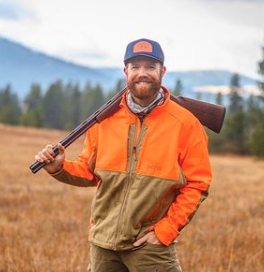
“Blood is a combination of red blood cells and protein in a liquid dynamic. When a dog overheats and becomes dehydrated, the liquid dynamic of the blood starts to change and essentially becomes more of a ‘sludge-like’ viscosity. This leads to the dog’s blood, and the oxygen-rich red blood cells it carries, not being able to arrive at the places it needs to be within their body,” said Dr. Bynum. “There are a number of life-threatening effects this can cause that are often irreversible.”
According to Bynum, a dog’s brain and kidneys are two organs he worries about the most, because they are two organs that cannot regenerate after a traumatic event such as being denied necessary blood/oxygen.
The Brain: During heat exhaustion or heatstroke, the brain can be starved of oxygen, which can have negative cognitive effects on your dog. There is also a potential for a blood clot to form, which can lead to other serious effects, such as stroke. Additionally, a dog’s brain operates in a very well-regulated environment. When overheating occurs, the dog’s internal temperature can increase to a dangerous level. This is similar to a very high fever in a person, which can have a similarly dangerous effect.
The Kidneys: At any given time, about 20% of a dog’s blood is filtering through the kidneys. As Bynum notes, kidneys are like a diesel engine in the sense that they always have to have fuel (blood) going through them to keep them primed. If they do not receive the blood they need due to dehydration or overheating, they can have an acute kidney injury, which is essentially kidney damage and is irreversible.
Dr. Bynum’s Summer Training Tips: “One of the most important things to do is keep your expectations in check. In the summer, I’m not trying to get them into prime condition. Instead, I’m trying to keep a good condition baseline. Keep them limber and loose so when fall comes and we start training harder, they don’t have any injuries,” said Dr. Bynum.
Summer Training for Retrievers
Tyler Patterson, owner of Maple Ridge Retrievers, has been around dogs his entire life. After leaving the Marine Corp 11 years ago, he started training retrievers professionally. Since then, he has become one of the top retriever trainers in the country, earning a reputation for honest work and his ability to get dogs through HRC Grand, Master National, Master Amateur and create outstanding hunting dogs.
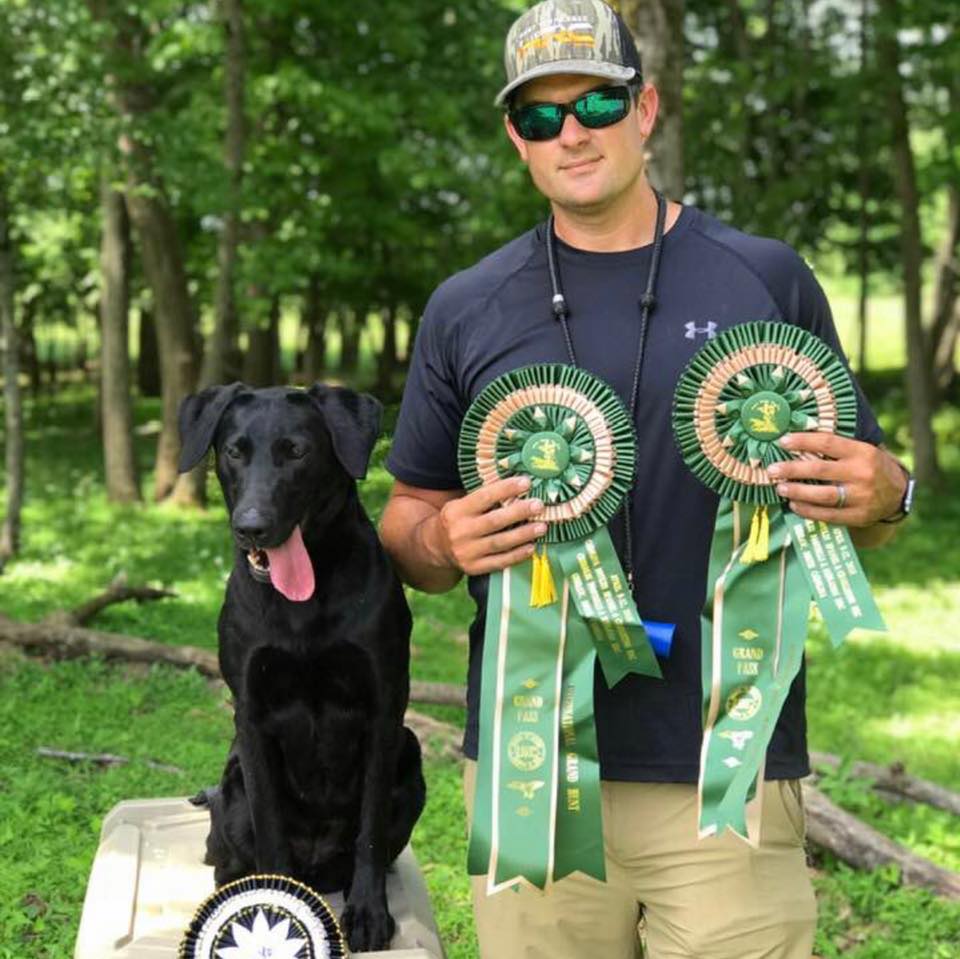
Patterson trains year-round in Mississippi, so the summer creates unique challenges due to the heat and humidity in the South. “You gotta be real smart about it,” said Patterson. “When a dog starts working hard, their body temperature goes up, which you need to keep an eye on. You and me, we feel fine at 98.6 degrees, but if we’re at 101 degrees, you can be sure we’re running for the medicine cabinet.”
Retriever training may seem simple to other sporting breed owners, but in reality, it is a complex balance of both physical and mental competency to understand, remember and complete complex commands. “In the retriever game, unlike other dogs, you’re not trying to gain minutes. You’re trying to keep them focused so they can make smart decisions. So we keep a close eye how they’re doing not only physically, but mentally as well. This is especially true during the summer heat.”
“Dogs are a lot like people, and training can be stressful. They can get frustrated trying to figure things out, and mental stress adds to their physical stress. Think about when you’re working on a lawnmower outside in July. It’s hot, you lose a bolt, start cursing, then you just start working faster and harder. Before you know it, you get frustrated and you start making mistakes. It’s the same for the dogs,” noted Patterson.
According to Patterson, one of the most important things to do when training retrievers in the South is what you do with your dog not only during training, but after. “You need to keep air on the dogs. We started training at 5:45 this morning, and even then, we had a fan on them to keep the air circulating to help cool them down. Think about when you’re standing in the shade with no breeze. It’s hot. If you add a little bit of a breeze, it is much more comfortable and cools you down. You can’t just throw a dog back in the box when you’re done working them,” said Patterson.
When thinking about retrievers, people naturally think water. However, as Patterson noted, this can be a dangerous mistake during summer retriever training. “If you haven’t gotten a rain in a while, the water temperature in ponds can get very warm. If you’re not careful, you can be sending a dog for a retrieve, and they are swimming through hot, stagnant water that can be the same as their body temperature. Water can also trap body heat, so sending them in hot water then putting them in a box with their body temperature raised, can create a dangerous environment,” said Patterson.
One summer training suggestion Patterson has is looking at their tongue when they’re panting, “Dogs can’t sweat, so panting is one way they cool down. Once we see their tongue start curl up at the end, I don’t care where we’re at or what we’re doing, that dog is done. It’s getting cooled down and put up.”
Patterson can have up to 30 dogs in his kennel for training at any given time but training always comes down to an individual dog. “You really need to focus on your dog and how it specifically is doing. Each dog is different, so you have to know what they are capable of doing. Some dogs get three reps, some dogs get six reps. It all depends on their age, heat tolerance, where they’re at in their training, and of course, what Mother Nature is giving us.”
Summer Training for Hounds
Mark Zepp is sales manager for dog products at Garmin; however, when he isn’t wearing a button-down and slacks, he’s wearing a bump cap and chaps. His life with hounds started at a young age after reading an article about training hounds. He moved to Missouri and trained under the legendary houndsman John Wick for 10 years.
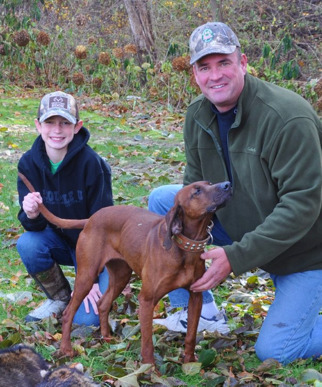
“These days, there are major hunts going on nearly every week in the hound world, so unlike birddogs/retrievers, there isn’t as much of a downtime,” said Zepp. “That doesn’t mean that people should be any less cautious about running dogs in the summer, though. You still need to work your dogs even when you aren’t competing to make sure they’re ready for season. Just remember to condition them safely.”
As with all sporting breeds, water is key for running hounds in the summer. “Carrying fresh water in the woods is one of the things that doesn’t happen as much in the hound world as it does in the bird dog/retriever world. I always try to keep water on me, though. The dogs just work better if they’re cool,” said Zepp. “If I don’t have water on me, I always have water at the truck. After a long tough hunt, the first thing you and I do is reach for a soda when we get back to the truck, and it’s no different for the dogs.”
When the sun goes down in the hound world, the dogs get cut loose. As Zepp mentioned, though, it can still be incredibly warm, especially in the South, so it’s not a bad idea to hunt later in the night when it cools down. He also suggests hunting near creeks or rivers. “Not only are you likely going to find more coons, but it will give your dogs the opportunity to cool down, which will help them work better,” said Zepp.
Scenting conditions during the summer months for all dogs get tough, especially for hounds, which may have to track long distances after striking. “People need to keep in mind that when coons have their litters, they don’t throw as much scent. Combine this with hot, dry weather, scenting conditions get can real hard on a dog. Make sure you keep this in mind and aren’t pushing them too hard,” said Zepp.
Zepp’s final summer training tip: heartworm prevention, especially for traveling houndsmen. “To heck with the snakes and gators, when you get hit by a cloud of mosquitos, it’s like nothing else. And you can be sure it’s tough on the dogs, too, and heartworm is nothing to mess around with, so keep them up to date with necessary meds,” noted Zepp.
Summer Training for Birddogs
Few times can you use the word dynasty in the dog world, but when it comes to the Smith name, dynasty is well-earned. Ronnie Smith of Ronnie Smith Kennels (RSK) started training with his father and uncle, Delmar Smith, at the age of 14.
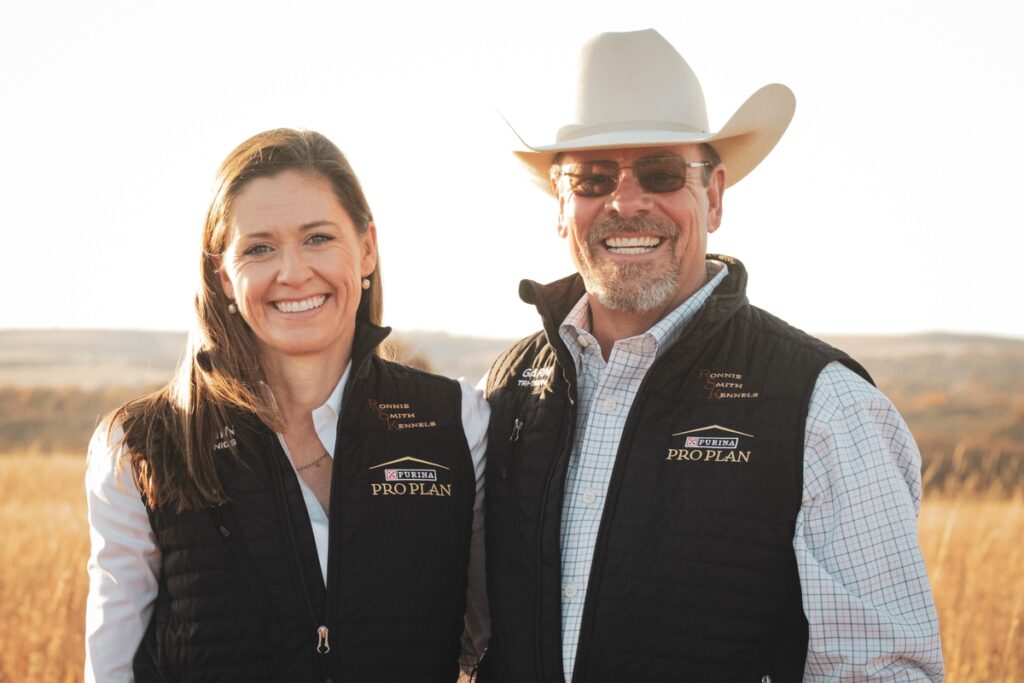
For those of you who haven’t been to Oklahoma in July, I can assure you, dog training is the last thing you’d think about doing. But for more than 20 years, that’s what Ronnie Smith and his wife Susanna have done. Here are a few of their tips to keep pointing dogs safe and ready for season.
“When training in the summertime, always keep in mind that an overheated dog will not learn as quickly nor react to handling as proficiently as a fresh dog. In fact, it can be fairly easy to overwhelm or confuse an overheated dog. Adjust your training goals as needed to accommodate your dog and your dog’s current state of mind,” said Smith.
According to Ronnie, during times of high heat and humidity, it may be a good idea to not run hard-working dogs in the field more than 15 minutes at a time. “We have guided at premiere South Texas hunting ranches, and it is not uncommon for dogs, even during quail season, to last no more than 15 minutes of hard running during periods of high humidity and heat. People who are training during the summer should typically water their dog more frequently than they think the dog requires and keep training sessions as short as possible. The goal might be to set up multiple short sessions of training rather than one longer session,” continued Smith.
Standing taller than dogs, it is easy to forget running through tall grass for a dog is like running through a thick jungle for a person. “It is a good practice to always consider the difference in your perspective of a field and a dog’s perspective of the same field,” said Susanna. “Tall, thick cover in a field cuts down the movement of the air at the dog’s level which, combined with the added effort of pushing through the vegetation, may contribute to your dog getting hot quicker than you expected.”
Pointing dogs, like hounds, typically cover large distances, so it’s important for trainers to remember that it takes just as much energy to get out of the field as it does to get into the field. For these situations, Susanna shared another tip, “A solid loose-lead heel or off-lead heel can save a dog from overheating if you find yourself out in the field with a hot dog and no water. By telling your dog to heel and having him calmly walk by your side, the dog is often able to gain composure and cool off more quickly than a dog that is allowed to free run to a water source. Something to consider is that that the opposite may be true for a dog that has a habit of pulling and keeping a leash tight; that dog may end up hotter by leading him to a water than if he had actually run to the water source on his own.”
For more information, check out Ronnie and Susanna’s new book, Training Bird Dogs with Ronnie Smith Kennels.
In dog training, you control what you can control and set your dog up for success. You’re not going to be able to change the weather, but you can change how you react to the weather and how you train your dog. Hopefully, these tips have helped you with ideas on how to safely get your pups ready for the season. Good luck this year and stay safe!
